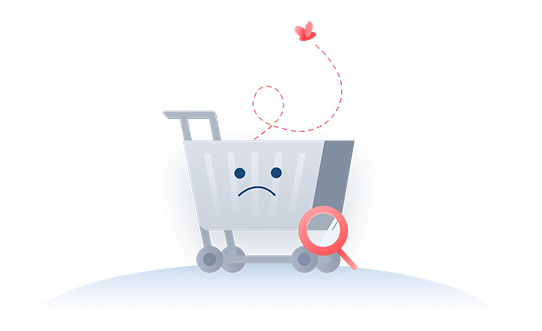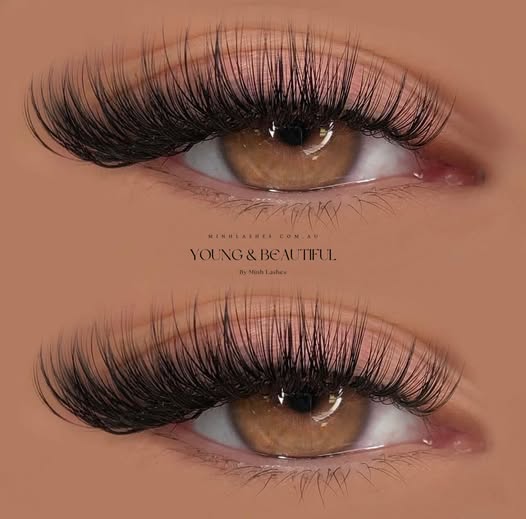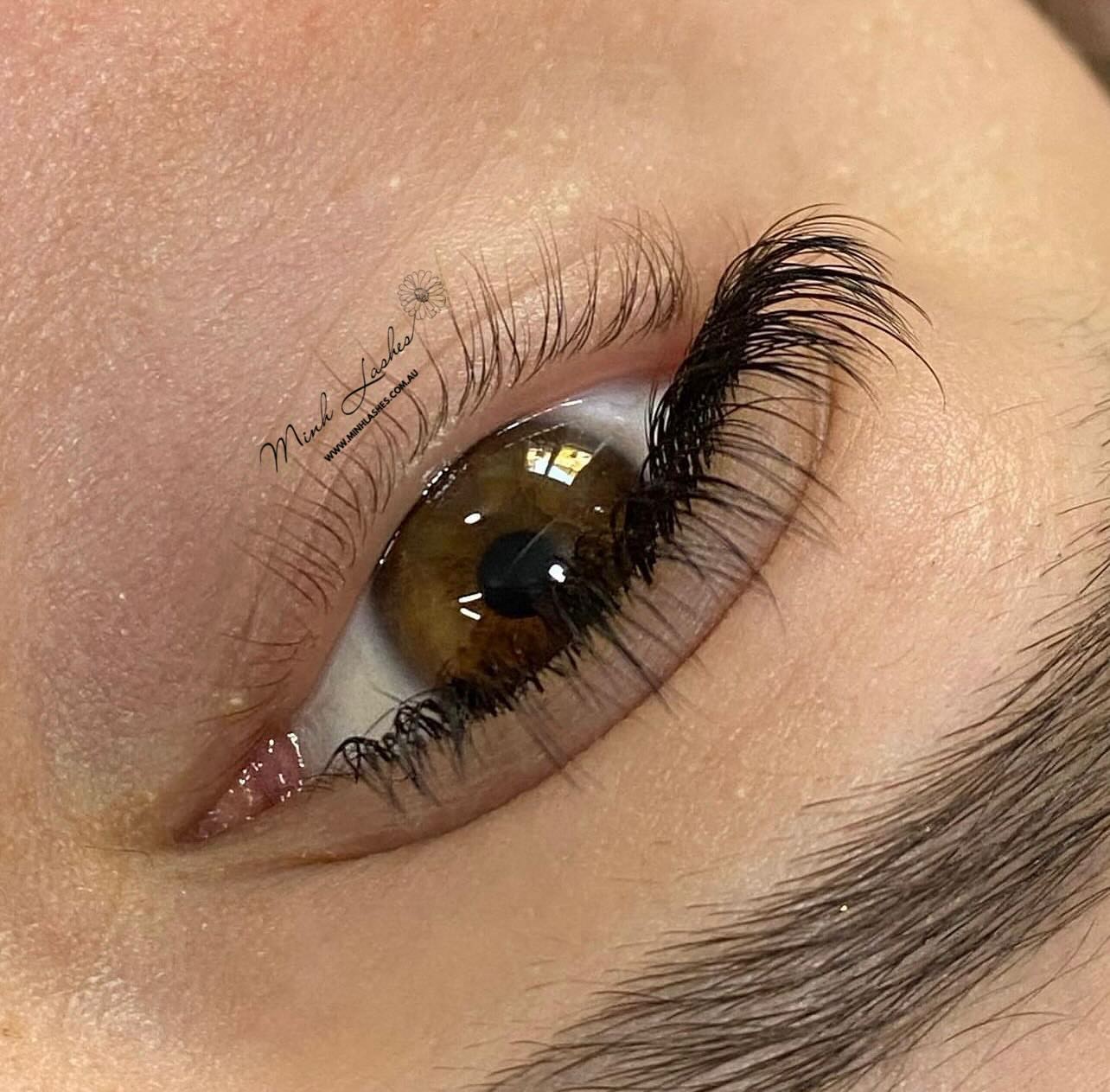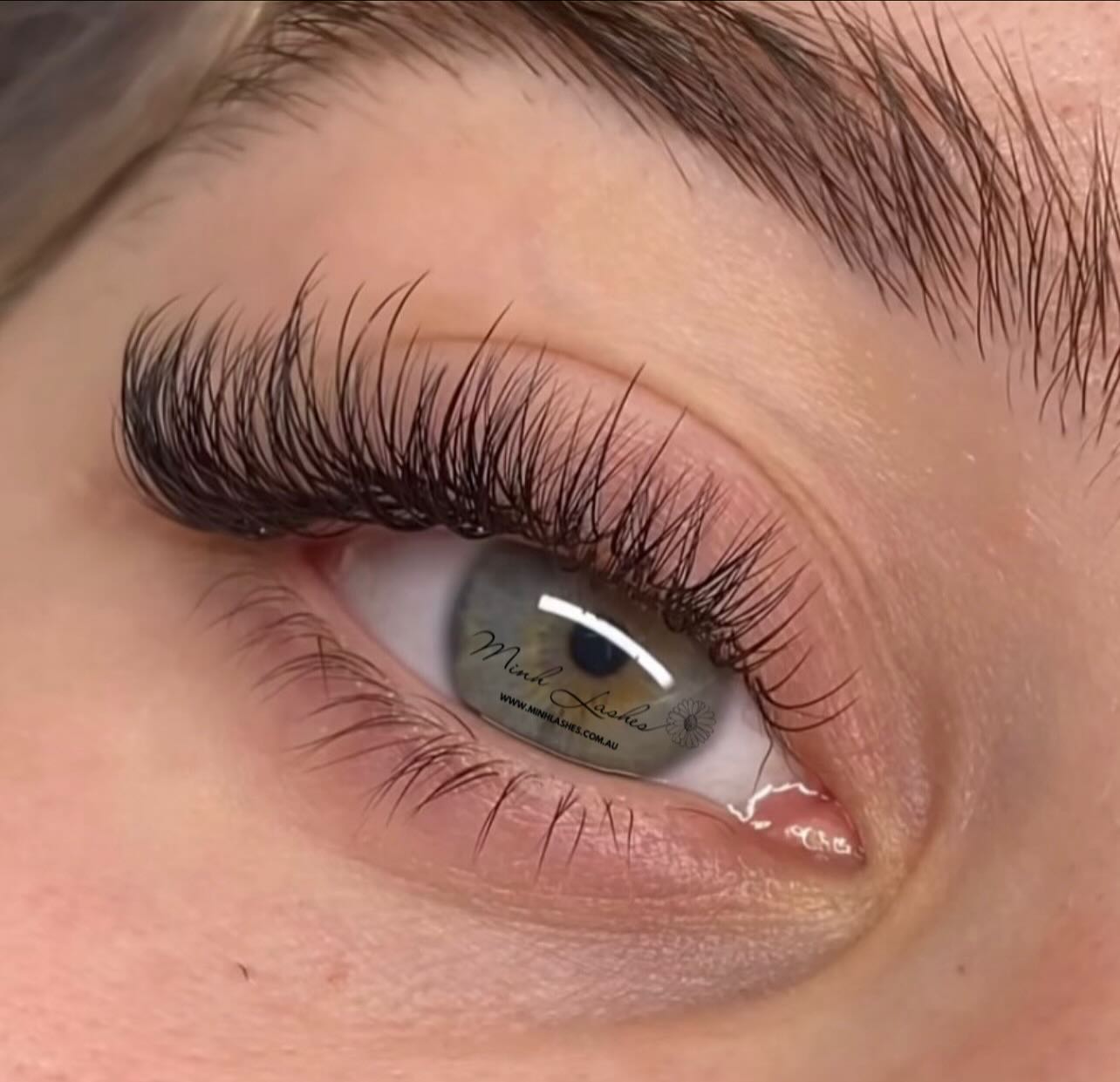Mastering After Care Lip Fillers: Your Complete Guide
After Care Lip Fillers: Essential Tips for Optimal Results Price List Understanding Lip Fillers Lip fillers have become increasingly popular in recent years, offering a non-surgical way to enhance lip volume and shape. Before diving into after care, it’s essential to understand what lip fillers are and how they work. Lip fillers are injectable treatments, […]
After Care Lip Fillers: Essential Tips for Optimal Results
Understanding Lip Fillers
Lip fillers have become increasingly popular in recent years, offering a non-surgical way to enhance lip volume and shape. Before diving into after care, it’s essential to understand what lip fillers are and how they work.
Lip fillers are injectable treatments, typically made of hyaluronic acid, a substance naturally found in the body. They’re designed to add volume, improve lip shape, and reduce the appearance of fine lines around the mouth. The procedure is quick, usually taking about 15-30 minutes, with results visible immediately and lasting several months.
Immediate After Care

After Care Lip Fillers by Minh Lashes Beauty Clinic in Yagoona, Bankstown, Sydney
The moments right after your lip filler treatment are crucial for ensuring the best possible results. Here’s what you need to do:
- Apply ice: Gently apply an ice pack wrapped in a clean cloth to your lips for 10-15 minutes at a time. This helps reduce swelling and discomfort.
- Avoid touching: Resist the urge to touch, rub, or massage your lips. Your provider has carefully placed the filler, and touching could disrupt its distribution.
- Stay upright: Try to keep your head elevated for at least 3-4 hours after the treatment. This can help minimize swelling.
- Skip makeup: Don’t apply any lip products or makeup to the treated area for at least 24 hours.
- Hydrate: Drink plenty of water to stay hydrated, which can help with healing and reduce the risk of bruising.
First 24-48 Hours
The first couple of days after your lip filler treatment require special attention:
- Continue icing: Apply ice as needed to manage swelling and discomfort.
- Avoid certain activities: Stay away from intense physical exercise, saunas, hot showers, and anything that increases blood flow to your face.
- Sleep elevated: Try to sleep with your head slightly elevated to reduce swelling overnight.
- Be gentle: When cleansing your face, be very gentle around the lip area. Use a mild cleanser and pat dry instead of rubbing.
- Avoid certain foods: Stay away from very hot or spicy foods that could irritate your lips.
- No alcohol: Avoid alcoholic beverages for at least 24 hours after the treatment, as alcohol can increase the risk of bruising.
Days 3-7 Post-Treatment
As you move into the first week after your treatment, you can start to return to your normal routine, but some precautions are still necessary:
- Gradual return to activities: You can slowly start to reintroduce normal activities, but continue to avoid intense exercise for about a week.
- Sun protection: If you go outside, apply a high SPF sunscreen to your lips. Sun exposure can affect the filler and potentially lead to complications.
- Makeup: You can start wearing lip products again, but be gentle when applying and removing them.
- Hydration: Continue to drink plenty of water and consider using a lip balm to keep your lips hydrated.
- Avoid dental work: If possible, postpone any dental appointments for at least two weeks after your treatment.
Long-Term Care
To maintain the results of your lip fillers and keep your lips looking their best:
- Moisturize: Keep your lips well-hydrated with a good quality lip balm.
- Sun protection: Make applying SPF to your lips a daily habit.
- Healthy lifestyle: Eating a balanced diet, staying hydrated, and avoiding smoking can all contribute to healthier lips.
- Regular check-ups: Follow up with your provider as recommended to maintain your results.
Potential Side Effects
While lip fillers are generally safe, it’s important to be aware of potential side effects:
- Swelling and bruising (common and temporary)
- Redness or tenderness at the injection sites
- Lumps or asymmetry (usually temporary and can be massaged out by your provider)
- Infection (rare but possible)
Most side effects are mild and resolve on their own within a few days to a week. However, if you experience severe pain, significant asymmetry, or signs of infection, contact your provider immediately.
When to Contact Your Provider
Don’t hesitate to reach out to your provider if you experience:
- Severe pain or swelling
- Significant asymmetry or lumps that don’t improve
- Signs of infection (fever, increased redness, warmth)
- Blanching or discoloration of the lips
- Any other unusual symptoms
Your provider is there to ensure your safety and satisfaction with your results. It’s always better to check if you’re unsure about anything during your recovery.
Maintaining Your Results
Lip fillers typically last anywhere from 6 to 12 months, depending on the type of filler used and your individual metabolism. To maintain your results:
- Schedule follow-up treatments: Talk to your provider about a treatment schedule that works for you.
- Consider a gradual approach: Some people prefer to start with a subtle enhancement and gradually build up over time.
- Explore complementary treatments: Your provider might recommend other treatments, such as skin resurfacing or Botox, to enhance your overall facial aesthetics.
- Practice good skincare: A solid skincare routine can help maintain the health and appearance of your lips and the surrounding skin.
Remember, everyone’s experience with lip fillers is unique. What works best for one person might not be ideal for another. Always consult with a qualified, experienced provider to develop a treatment plan tailored to your specific goals and needs.
By following these after care guidelines for lip fillers, you can help ensure the best possible results and enjoy your enhanced lip appearance with confidence. Remember, patience is key – your lips may continue to settle and improve for up to two weeks after your treatment. If you have any concerns during your recovery, don’t hesitate to contact your provider for guidance and support.






 Cart
Cart




